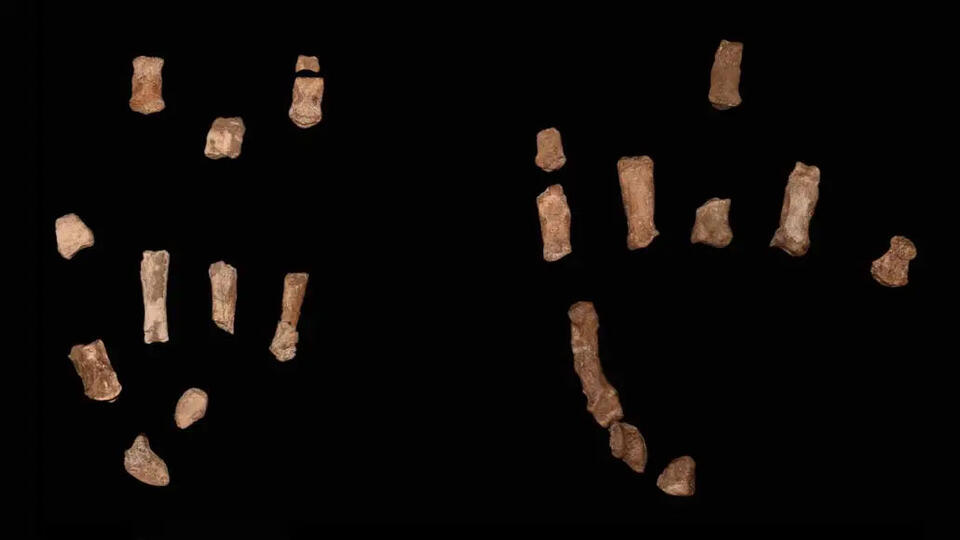
Researchers near Lake Turkana in northern Kenya have unearthed hand and foot fossils of a 1.52-million-year-old human relative. The remains belong to Paranthropus boisei, revealing the species’ ability to grasp objects and walk upright like modern humans.
The discovery includes a partial skeleton with hand bones, three foot bones, teeth, a forearm fragment, and skull pieces. Previous finds were mostly skulls and teeth, leaving the species’ mobility and manual dexterity a long-standing mystery for scientists.
Paranthropus boisei was robust, with strong jaws, massive teeth, and a cranial crest supporting muscles for heavy chewing. The flaring cheekbones created a dish-shaped face, adapted for tough, fibrous plant foods, hinting at a specialized diet.
The hand bones indicate precision grips, suggesting the species could have manipulated and used simple stone tools effectively. “It would have had a very firm handshake,” said Louise Leakey, noting hands were built for sustained forceful grips.
Foot bones show the species was fully bipedal, possessing a lateral arch that propelled forward motion while walking efficiently. Paranthropus boisei coexisted with Homo habilis, Homo rudolfensis, and Homo erectus, all sharing East Africa’s evolving landscapes.
Intersecting fossil trackways suggest these species occasionally crossed paths, raising questions about competition for resources and ecological interactions. Despite adaptations, Paranthropus boisei ultimately became an evolutionary dead end, unable to survive shifting climates and environmental pressures.
The discovery, reported in Nature, fills a 65-year gap since the species’ initial identification, linking skeletons to its distinctive cranial features. Scientists say the fossils provide critical insight into hominin evolution, revealing both the ingenuity and limitations of this ancient cousin. The Koobi Fora region continues to offer revelations about early human relatives, deepening understanding of evolutionary pathways in East Africa.
